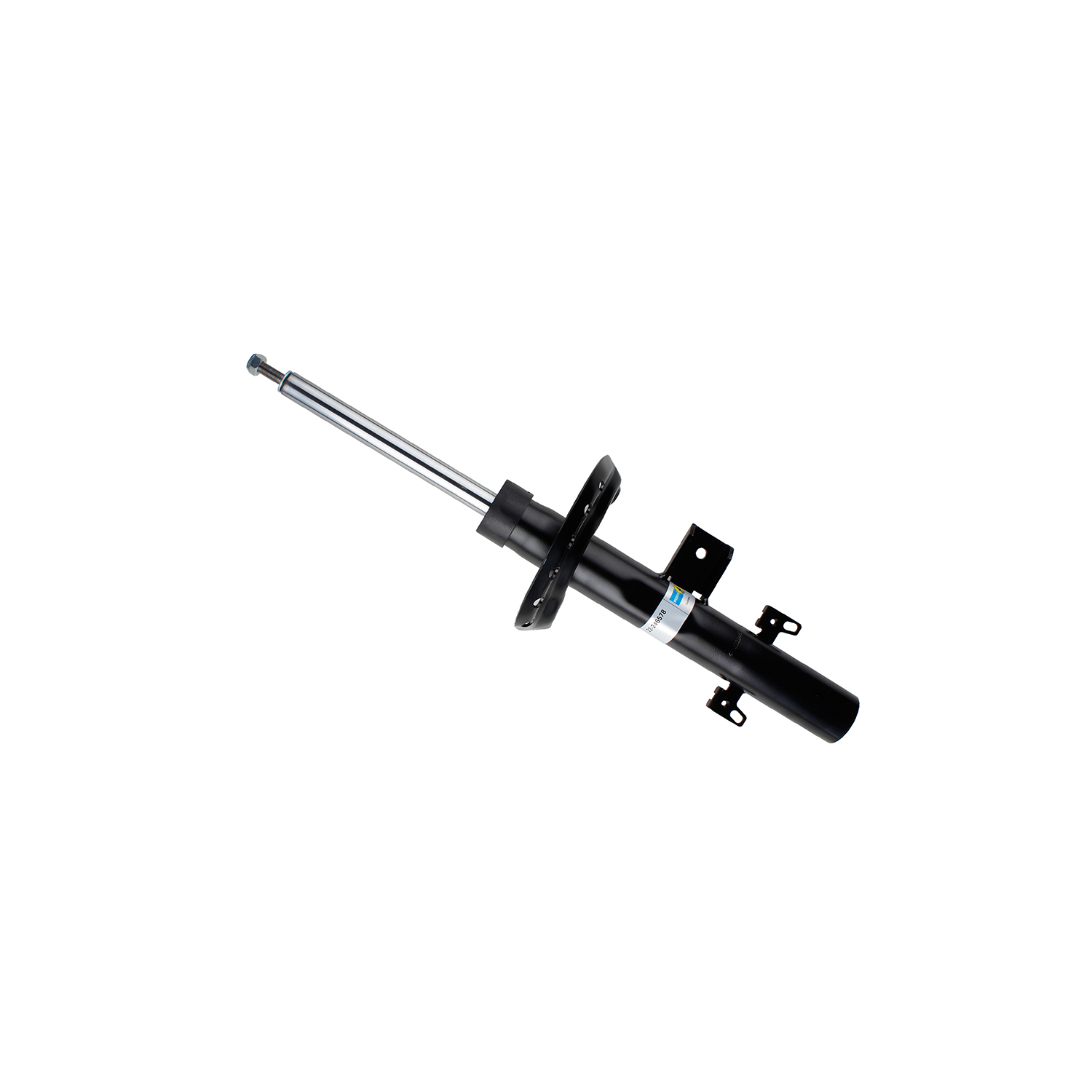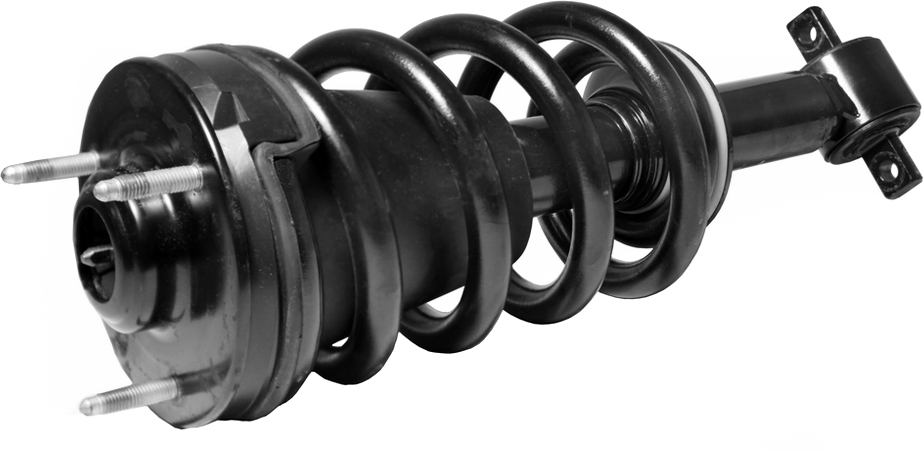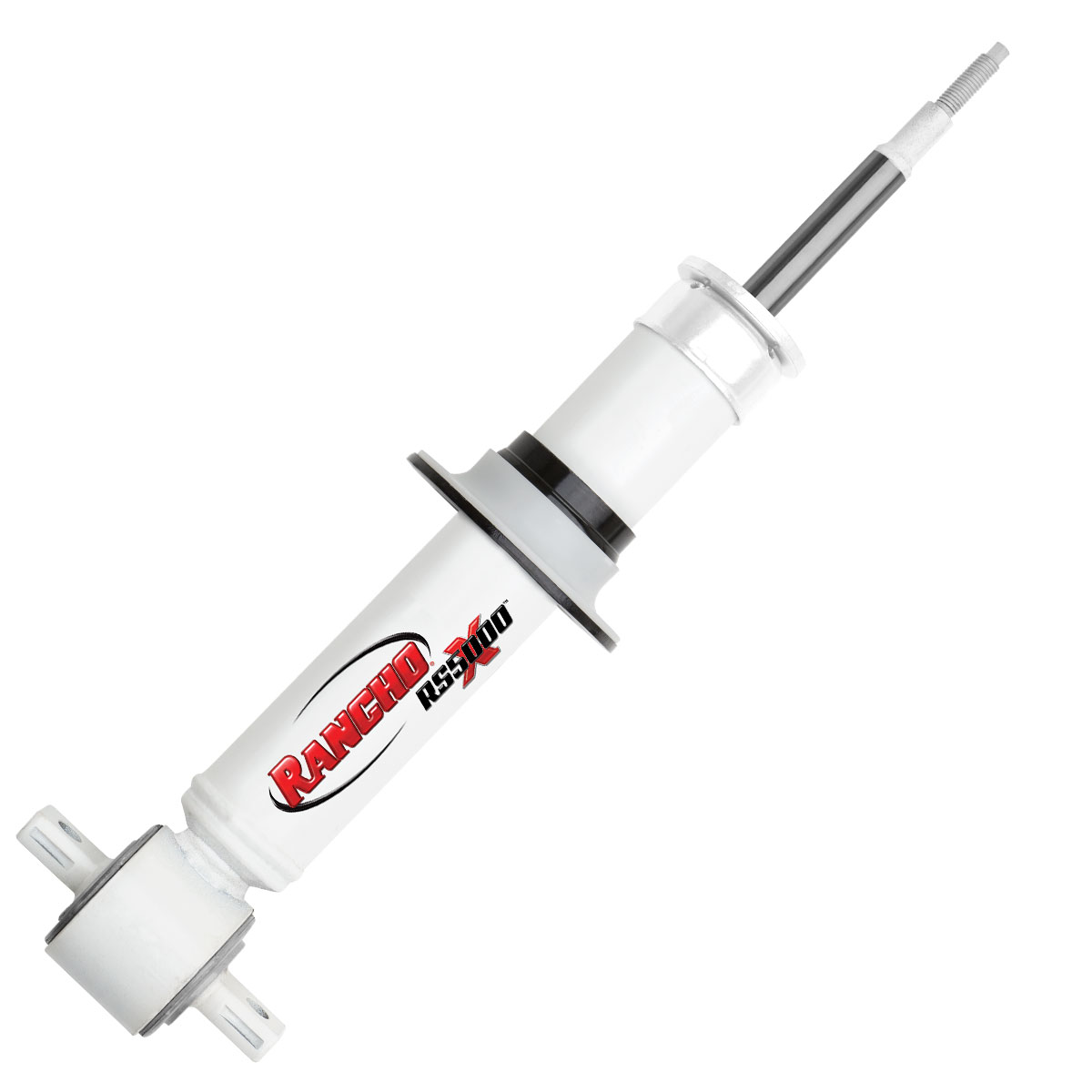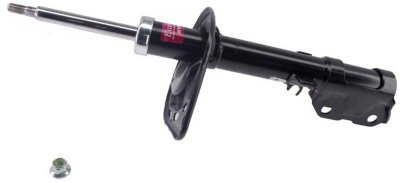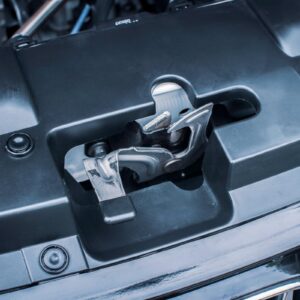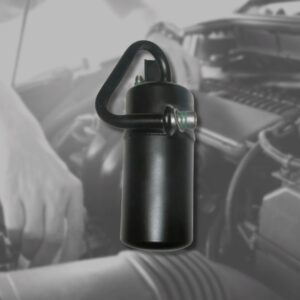The suspension system minimizes vibrations as you drive to maximize your driving experience and keep your ride comfortable. One of its crucial components is the strut. Let’s define struts and answer the most frequently asked questions about them.
What Are Struts?
Struts help control handling and dampen vibrations. These spring and pump mechanisms are equipped with a spring and a shock absorber.
A strut is part of an independent suspension system that consists of a piston connected to the piston rod. It works against hydraulic fluid to manage your vehicle’s spring and suspension movement.
Struts are also valved so that resistance can change based on the movement of the suspension.
Shock Absorbers vs. Struts: What’s the Difference?
Shocks and struts both dampen the effects of road bumps, but that doesn’t mean they’re the same.
Shocks work as an independent part of the suspension, while struts integrate the shocks and other features in one structural component.
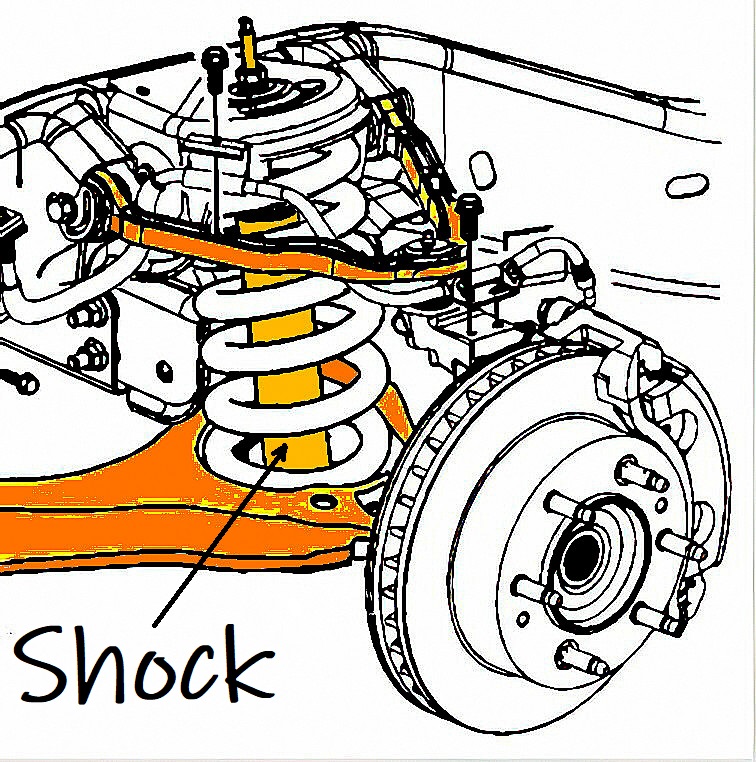
Struts include the spring and are the primary support for the suspension system, whether the strut is on the front or rear or both. Depending on the design of the system, they may or may not ensure tire alignment.
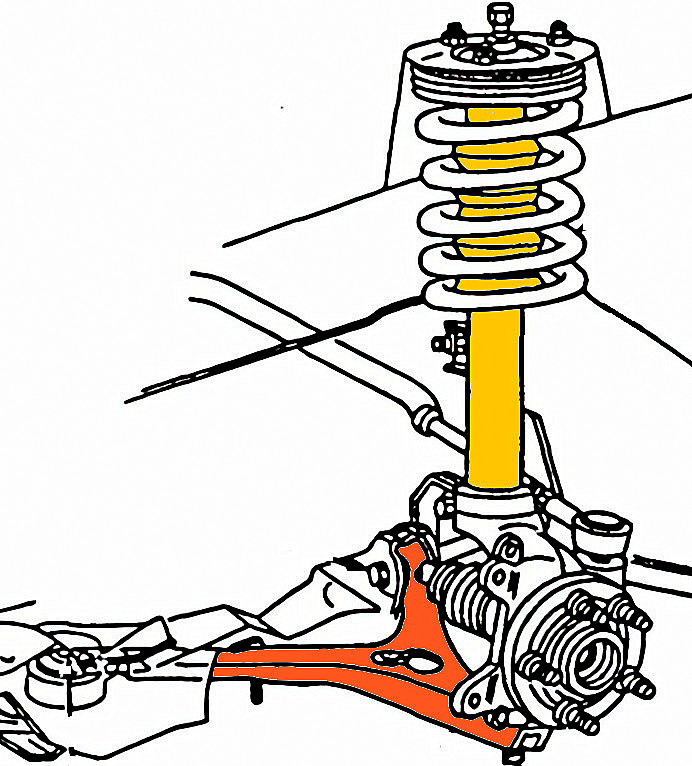
Some vehicles have the strut “wishboned” to the bottom control arm to support the vehicle, but those have upper and lower ball joints and the steering axis doesn’t pass through the center of the strut.
Struts affect many aspects of the ride, including vehicle control, braking, and steering.
Struts include the spring and are the primary support for the suspension system, whether the strut is on the front or rear or both.
– Richard McCuistian, ASE Certified Master Automobile Technician
Do All Vehicles Have Struts?
No, not all vehicles have struts. Many have shocks on one axle and struts on the other, while some use a combination of springs and shocks instead of struts.
Many front-wheel-drive vehicles have modified strut rear suspensions. Older front-wheel drive vehicles usually have a Macpherson strut system.
The type of suspension installed in a vehicle can vary per manufacturer. For example, General Motors (GM) has two different rear-modified strut systems with transverse leaf springs.
How Often Should I Replace Struts?
Most struts require replacement every 50,000 miles, but that can change depending on the driving conditions. If you often drive through rough terrain, that could take a toll on your system, causing parts to wear out faster.
Is It Okay to Drive With Bad Struts?
No, it’s best to avoid driving with bad struts. Faulty struts affect handling, so the ride will get bouncier, increasing the risk of you losing control of your vehicle.
Don’t put your safety at risk, and take a trip to an auto repair shop as soon as you confirm that your struts are faulty.
Symptoms of a Bad Strut
These telltale signs might indicate a problem with your ride’s struts:

Knocking Noise When Driving on Bumps
If your struts are failing, you might hear a knocking sound when you drive over bumps. If the sound increases, that means that the problem is getting worse and starting to affect other suspension parts.
Mechanics usually inspect the upper mounting plate or the upper bearing assembly, depending on where the sound is coming from. For example, if the noise occurs while making a turn, it could point to a problem in the upper bearing assembly.
Bouncy Suspension
Worn-out suspension parts cause stability issues. Once the struts are damaged, they can’t effectively absorb surface impact. So if you drive through a bump and your car bounces longer than usual, you might be dealing with strut-related issues.
Nose Dive When Braking
Nose-diving can be dangerous because it lessens braking efficiency. So take your ride to an auto repair shop for a diagnosis if you notice that its front-end dips when you hit the brakes.
Leaking Fluid
If hydraulic fluids are coming out of your shocks and struts, it can be a sign that their seals are failing.
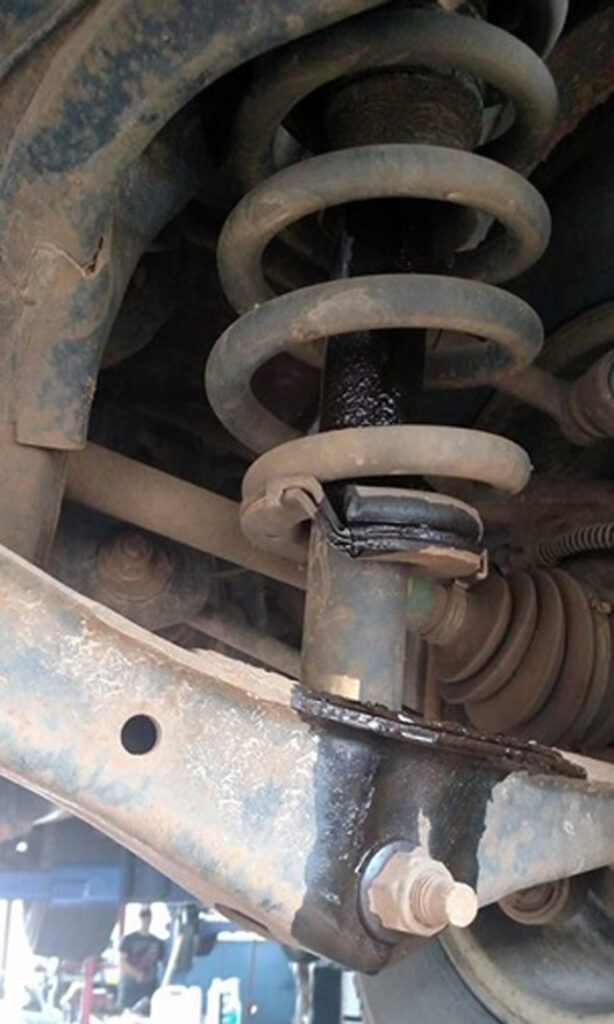
Can Struts Be Repaired?
It depends on your specific make and model. Some struts can be rebuilt, but most need replacement if they’re faulty or damaged.
Can I Replace Struts On My Own?
Yes, you can if you know your suspension system inside out and have the know-how to replace the struts.
You’ll need a car jack to lift your vehicle to access your shocks or struts. Make sure your vehicle is secured before you start.
Replace your struts in pairs even if only one is faulty to ensure consistent performance.
If you’re confident with your strut replacement know-how, you can always take a trip to an auto repair shop and ask a professional to do the replacement for you. Work with an ASE-certified mechanic for quality service.
How to Get Replacement Struts for Your Vehicle
Driving with damaged struts is a recipe for disaster. Faulty struts are likely to make your ride bouncier, which means you’re at greater risk of losing control of your vehicle. You’re also a lot more likely to nose-dive when hitting the brakes. You don’t want either of these things to happen, so it’s best to replace damaged struts as soon as possible. Luckily, getting brand-new struts is fast and easy with CarParts.com.
CarParts.com offers a wide selection of high-quality strut assemblies, sourced from only the most trusted manufacturers in the industry. You can easily browse through our catalog with the help of our vehicle selector and search filters. If you’re in a rush to get back on the road, you’ll be pleased to know that CarParts.com also guarantees fast shipping. Order by 12 p.m. ET, and you can expect your new struts to arrive in as fast as two business days.
Don’t wait until the worst-case scenario happens before replacing your damaged struts. Check out our catalog of high-quality struts at CarParts.com today!
Shop this Project









